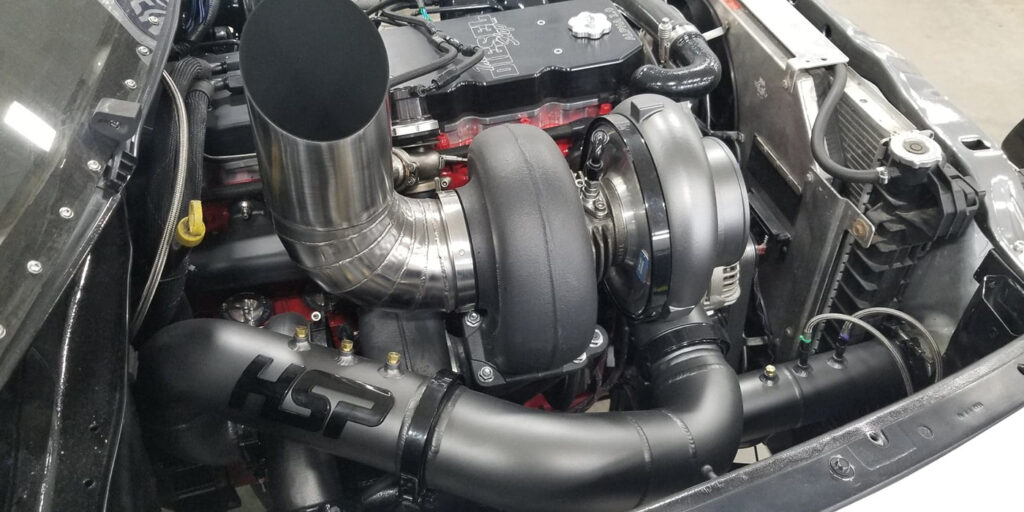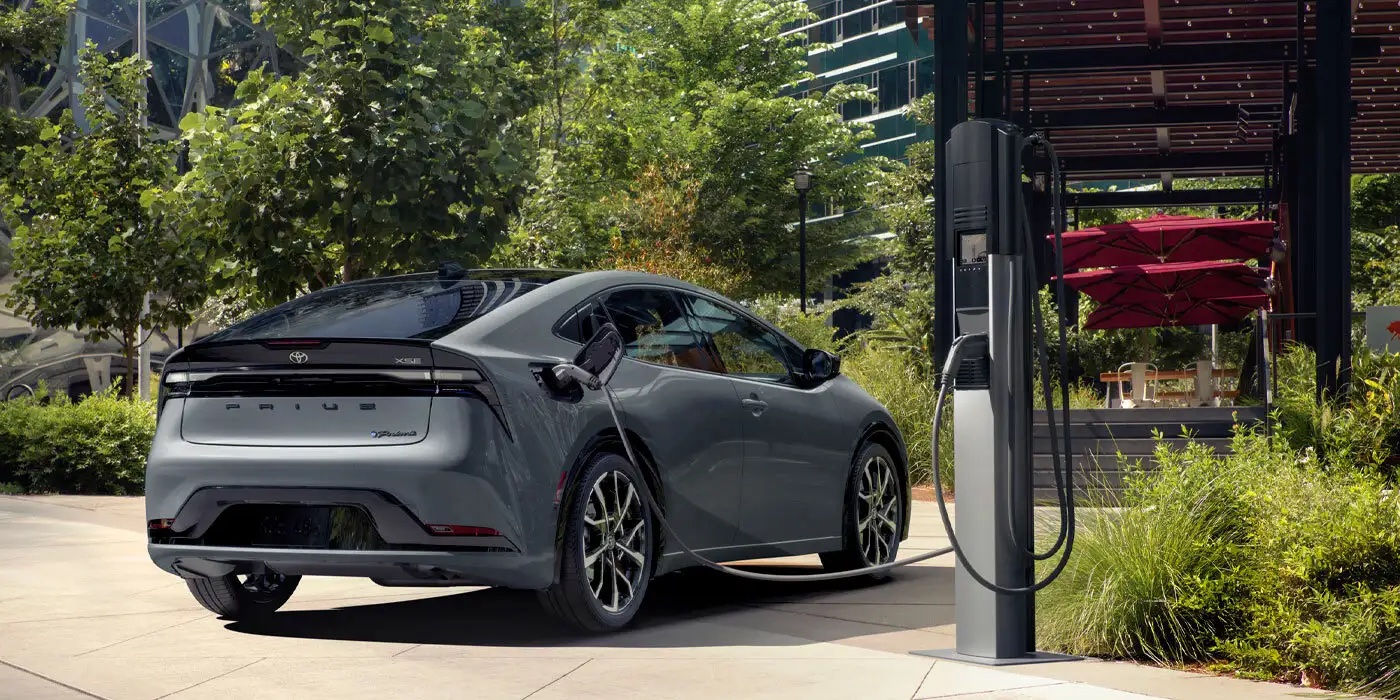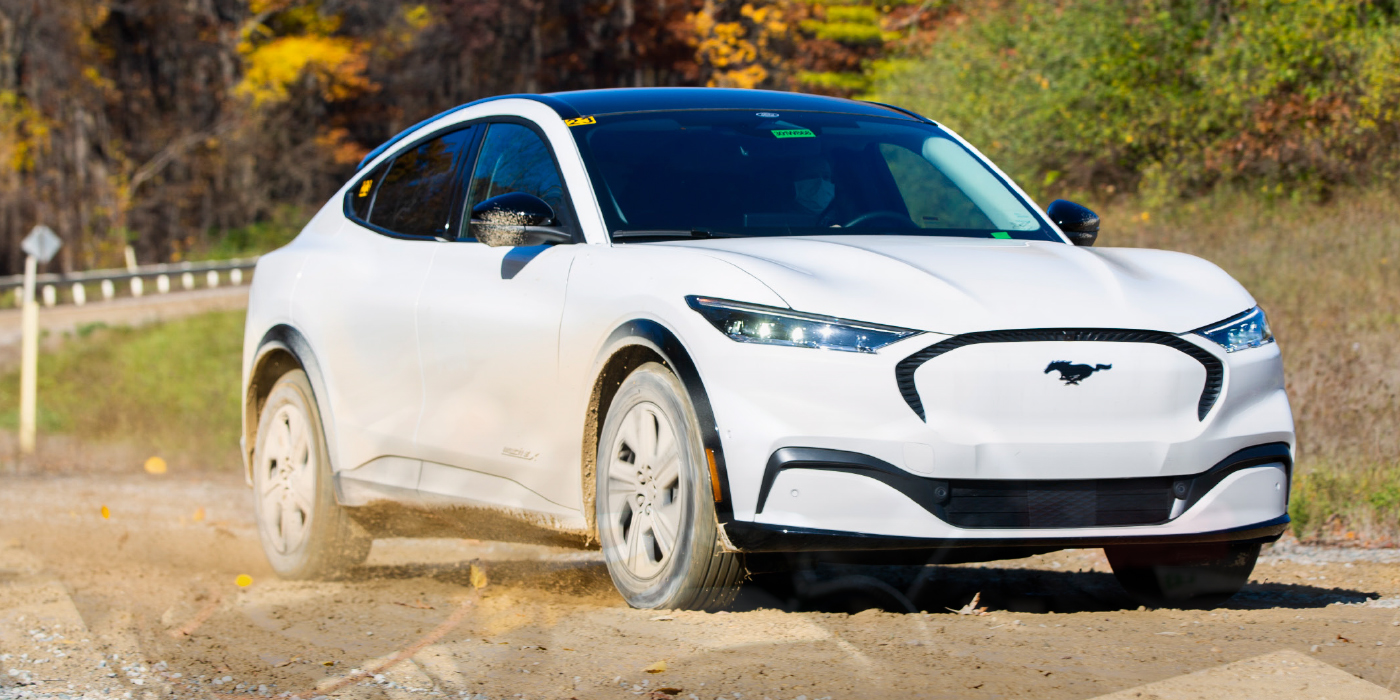What do you do when a customer with a Toyota Prius hybrid says his Check Engine light is on and wants you to diagnose his problem? Can you do it? Or, would you send your customer back to the Toyota dealer?
To help alleviate anxiety over the complexity and reliability of its hybrid systems, Toyota gives the buyers of its hybrid vehicles an 8-year, 80,000-mile warranty on the hybrid components (10 years, or 150,000 miles for hybrid owners in California).
Consequently, if a Prius is still under warranty, a motorist can return to his Toyota dealer for free diagnosis and repairs.
The Prius first appeared in model year 2001. Although eight years has not yet passed, some of these early models have probably accumulated enough mileage to be out of warranty — which means they are fair game for the aftermarket as far as the hybrid components are concerned. And any system (brakes, cooling system, tires, suspension, etc.) that is not under the hybrid warranty or original factory warranty is also fair game for aftermarket service and repairs. So don’t pass up these vehicles because they are hybrids.
Prius Relay Engine Box (click on “zoom” tool for full view)
If a problem occurs with something that’s not part of the hybrid system, diagnostics is essentially the same as on any other vehicle. You troubleshoot the fault, do your diagnostic tests to rule out various possibilities, and hopefully zero in on the faulty component that needs to be replaced. So whether you have a P0300 random misfire code or an O2 sensor code, the diagnostics would essentially be the same as on any other vehicle. But on faults that involve the hybrid system (things like the car won’t start, it stalls or doesn’t run right, battery problems, etc.), you need to be up to speed on hybrid diagnostics and service — and have access to the Toyota service information.
The factory service information is available at http://techinfo.toyota.com for a daily subscription fee of $10, a monthly subscription fee of $50, or a yearly subscription fee of $350 (this covers access to all Toyota/Scion and/or Lexus models, by the way).
If you already subscribe to an aftermarket information service like ALLDATA (www.all-data.com) or Mitchell 1 (www.mitchell1.com), you can also get Toyota service information through these sources.
GETTING STARTED
To access the onboard diagnostics, you’ll need a scan tool, preferably a high-end professional-grade scan tool with software that can access most of the PIDs and self-tests that are available on the Toyota factory scan tool. If you do a lot of Toyota work, it would probably pay to invest in a Toyota scan tool so you have the exact diagnostic access and test capabilities as a Toyota dealer technician.
Like other vehicle manufacturers, Toyota uses both generic OBD II codes and its own factory OEM diagnostic codes. Almost any scan tool these days will read the generic OBD II codes, but it takes a higher-end scan tool to read all of the factory codes. These are important because many of the factory codes cover faults that may occur in the hybrid system.
If the Malfunction Indicator Lamp (MIL) is on, you’ll want to plug in your scan tool to read the code(s) and any freeze-frame data that might have been captured to help you with your diagnosis. Then, depending on what the code is, you’ll want to look at various related PIDs to see what’s going on with the sensors and system controls. Problem areas that are going to require some hybrid know-how include any faults related to the high-voltage battery or charging system, engine cranking, the transmission or the hybrid control system.
Like other manufacturers, Toyota provides detailed diagnostic charts for all its fault codes. The charts include a description of the fault, the components involved, wiring diagrams and step-by-step checks that need to be made to isolate the fault.
TECHNICAL SERVICE BULLETINS
For faults that may not set a code, or for specific faults that seem especially troublesome or common, you should check to see if Toyota has issued a technical service bulletin. There are several such bulletins out on the Prius:
EG021-02 (2001-’02 Prius): The MIL may come on and set a DTC P3125, which is an inverter malfunction code. The problem may be caused by a fault in the electronic control unit (ECU) or the hybrid inverter/converter assembly. The bulletin includes a detailed diagnostic chart that takes you through the step-by-step checks that are necessary to figure out what’s wrong. The checks include using a scan tool to read the freeze-frame data for the vehicle speed that was recorded when the fault occurred (typically between 25 and 44 mph), the acceleration sensor value (in percent), reading the MG2 motor speed (in rpm), doing some math to convert the MG2 recorded rpm to vehicle speed, and comparing the results to see where the error occurred.
If the recorded vehicle speed is higher than the converted speed value from the MG2 reading, the ECU is at fault and needs to be replaced.
Like we said, this stuff gets rather complicated, so you need to read the entire service bulletin, be familiar with the various hybrid components, and have a scan tool that can read the proper PIDs and freeze-frame data.
In this case, if the ECU needs to be replaced, it’s located under the passenger-side kick panel. Before you touch anything, though, you first need to disconnect the negative battery cable from the 12-volt battery in the trunk (which Toyota calls the “auxiliary” battery). You can now uncover and replace the ECU.
Like most late-model cars, if you replace the ECU, the computer has to undergo an immobilizer key code registration procedure. On the Prius, you connect a 12-volt battery charger to the 12-volt battery, set the parking brake, place the transmission in park, insert the ignition key and turn on the ignition. Then you leave it on for at least 30 minutes. The computer will recognize the key, sync itself with the key and reset the immobilizer code. After 30 minutes, you can turn off the key and you’re done. The “ready” light should now come on when the key is inserted and turned on, while holding your foot on the brake pedal.
EG022-04 (2001-’03 Prius): The MIL may come on and set a DTC P3130, and maybe also a DTC P3125, which are codes for a power problem or the “ready” light not coming on. The fault may occur after the vehicle has been subjected to prolonged driving in heavy stop-and-go traffic, or when it’s been driven at sustained high speeds during hot weather. The problem may be an overheated inverter/converter due to loss of coolant or coolant not circulating properly in the inverter/converter cooling system.
Prius Module Locations (click on “zoom” tool for full view)
Because the inverter/converter is part of the high-voltage system, you do not want to touch anything until the high-voltage hybrid battery has been disconnected by pulling out the power service plug in the trunk. You then must wait at least five minutes for the high-voltage capacitors in the inverter/converter to discharge before proceeding with repairs to the cooling system or inverter/converter assembly. The bulletin covers how to drain, refill and bleed the cooling system, and the replacement of the inverter/converter assembly.
PG002-06: This bulletin covers precautions for removing or installing the inverter/converter assembly on 2001-’06 Prius, 2006 Highlander and 2007 Camry hybrids. Basically, it tells you to disconnect the high-voltage hybrid battery before doing any repairs and to wear insulated rubber gloves before touching any high-voltage components. It also advises to wait five minutes after disconnecting the battery on the Prius and Highlander, and 10 minutes after disconnecting the battery on the Camry for the capacitors to discharge, and how to service the components in the inverter/converter cooling system.
Recall 06V266000: A recall of 2001-’02 Prius models for the free replacement of a possible defective crankshaft position sensor that could cause the engine to stall and not restart.
Prius Battery DTCs (click on “zoom” tool for full view)
ODDS & ENDS
On 2001-’03 Prius, if you see the master warning light on and find a DTC P3009 code, watch out! That’s a code for a high-voltage leak from the hybrid battery to the vehicle chassis. The battery and high-voltage cables are normally isolated from the chassis and other electrical circuits. But corrosion under a cover on the transmission vent can sometimes cause the high-voltage cables to short out.
If you’re working on a 2004 Prius and your scan tool is not communicating properly with the vehicle computer, the ECU may need to be reprogrammed. Toyota issued a recall on approximately 23,800 cars to reflash the computer to correct a programming error.
If a 2004 Prius suddenly shuts down during rainy weather, the problem may be water leaking past the hood cowl seal. The water drips on the ignition system causing it to misfire. The hybrid software then shuts down the engine and the car won’t go. The fix is to dry out the ignition system and repair the leaky hood seal.
Finally, inverter/converter cooling problems and failures in a Prius are often due to a faulty 12-volt coolant pump. The pump is buried behind the front bumper cover and left headlight assembly (which have to be removed to get at the pump). The part number for the pump is G9020-47020, should you need to replace one (available only at your Toyota dealer). If you have to replace an inverter/converter because it overheated and fried its brains, a new one from Toyota will cost around $3,700! So it’s important to make sure the cooling system for the inverter/converter is circulating coolant.












